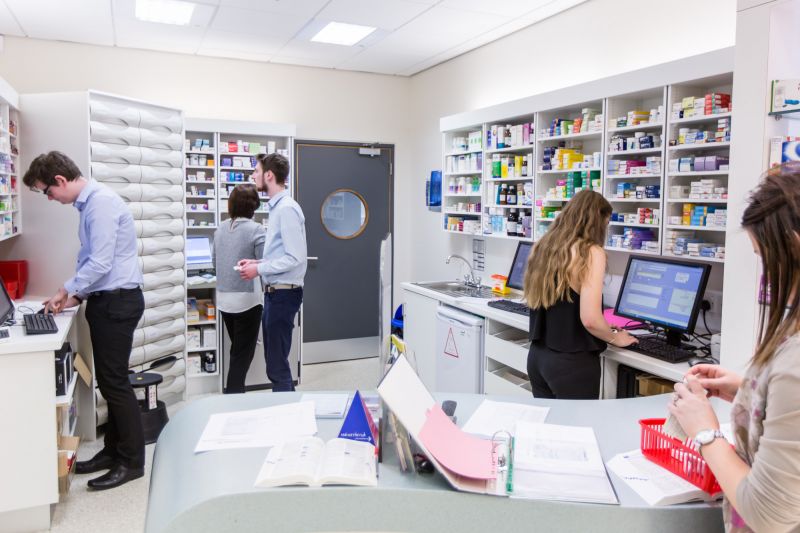Page content
Belonging and Wellbeing

Learners are encouraged to engage in diverse groups to celebrate diversity and support their wellbeing to feel that they belong.
Environment
- Equitable learning environments where all learners can access content and spaces.
- A safe, valued, and respected environment.
- Supportive social interactions among learners to learn from different perspectives.
- Supportive environment around trust, mutual respect, support, and cooperative intent.
People
- Purposeful discussion and dialogue to foster meaningful relationships, wellbeing and sense of belonging.
- Social, emotional, and cultural connections to incorporate collaborative and engaging activities.
- Sense of belonging by valuing everyone's opinion, different perspectives and lived experiences.
- Trust, consistency, and opportunities to get to know learners.
- Be cognisant of how religious, faith and cultural celebrations may be experienced differently by others.
- Diverse learning groups to have a mix of demographic characteristics to provide opportunities to get to know one another.
- Responsible mentorship and leadership and role modelling around building communities and belonging.
- Be mindfully aware of potential early life adversities which could have fluctuated affect on executive functioning skills and abilities (planning, organising, time management, concentration and memory).
- Resist re-traumatisation and relieve stress reactions by being cognisant of the potential triggers of students who have experienced a past trauma when discussing sensitive topics.
Task
- Consider social and learning spaces where everyone feels seen and comfortable to express their opinion and ideas.
- Opportunities to build relations, connections and belonging through activities, collaboration, and group work.
- Compassion for learning and learner progression through approaches, tools, and techniques.
- Lived experiences of all groups and individuals to build communities of practice and networks.
- Conflict resolution dialogue and class room collective agreements for learners to deal with disagreement.
- Inclusive language, acknowledge other identities and make use of the name pronunciation tool.
- Compassionate language when interacting with learners, providing time to actively listen and incorporate mindful breathing in moments of distress, validate emotional reactions.
Case Studies
Case studies that linked in the pillar of Belonging and Wellbeing

Case Study by Mark Simpson
Inclusive Design: Assessment choice to improve attention and progression rates
This inclusive assessment pilot was introduced specifically to support students enrolled on the LLB, for whom the exam environment may be an obstacle to academic achievement. Normally this is due to a physical impairment, specific learning disability or mental health condition. This is currently running an inclusive assessment pilot for a second academic year in LLB Law programmes at Ulster.
Students with a reasonable adjustment recommendation including special examination conditions can now opt to do a ‘take-home’ exam, in modules that are assessed by examination. The ultimate objective is that students’ achievement should reflect academic potential and effort devoted to study, rather than barriers grounded in the exam environment specifically.
Mark and Stephen will co-present this innovative and collaborative practice to promote student wellbeing and achievement at Ulster at a NADP conference in April 2020.
SIGIT

Watch Claire Crawford, Phil Mawhinney, and Raich Murphy on learning as students with caring responsibilities

















